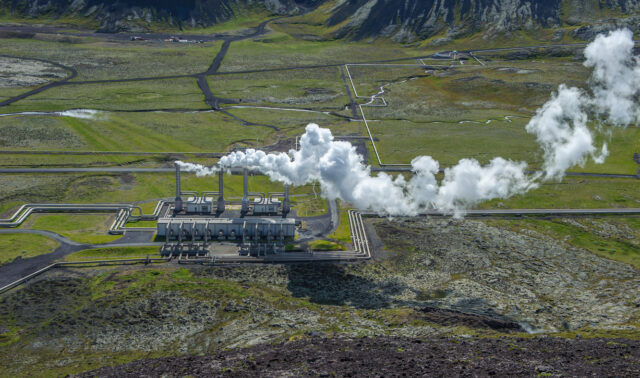Automatons have operated within warehouses and factories for decades. Today, however, companies are pursuing new forms of automation empowered by artificial intelligence (AI) and machine learning.
AI-powered picking and sorting
In April, the BBC reported that UK grocery firm Ocado has upgraded its already impressive robotic workforce. A team of over 100 engineers manage the retail company’s fleet of 44 robotic arms at their Luton warehouse. Through the application of AI and machine learning, the robotic arms are now capable of recognising, picking, and packing items from customer orders. The AI directing the arms relies on AI to interpret the visual input gathered through their cameras.
Currently, the robotic arms process 15% of the products that pass through Ocado’s warehouse. This amounts to roughly 400,000 items every week, with human staff at picking stations handling the rest of the workload. However, Ocado is poised to adjust these figures further in favour of AI-led automation. The company’s CEO, James Matthews, describes their approach for the future, wherein the company aims for robots to handle 70% of products in the next two to three years.
“There will be some sort of curve that tends towards fewer people per building,” he says. “But it’s not as clear cut as, ‘Hey, look, we’re on the verge of just not needing people’. We’re a very long way from that.”
A growing sector
Following in the footsteps of the automotive industry, warehouses are a growing area of interest for the implementation of robots informed by AI. In February of this year, a group of MIT researchers transposed their work in using AI to reduce traffic congestion in order to mitigate issues that arise in warehouse management.
Due to the high rate of potential collisions, as well as the complexity and scale of a warehouse setting, Cathy Wu, senior author on a paper outlining AI-pathfinding techniques, discusses the imperative for dynamic and rapid artificial intelligence operations.
“Because the warehouse is operating online, the robots are replanned about every 100 milliseconds,” she explained. “That means that every second, a robot is replanned 10 times. So, these operations need to be very fast.”
Recently, Walmart also increased their AI systems in warehouses through the introduction of robotic forklifts. Last year, Amazon, in partnership with Agility Robotics, undertook testing of humanoid robots for warehouse work.
Words of caution
Developments in the fields of warehouse automation, AI, and robotics are generating a great deal of excitement for their potential to eliminate pain points, increase efficiency, and potentially improve worker safety. However, researchers and workers’ rights advocates warn that the rise in robotics negatively impacts worker wellbeing.
In April, The Brookings Institution in Washington released a paper outlining the negative effects of robotisation in the workplace. Specifically the paper highlights the detrimental impact that working alongside robots can have upon workers’ senses of meaningfulness and autonomy.
“Should robot adoption in the food and beverage industry increase to match that of the automotive industry (representing a 7.5-fold increase in robotization), we estimate a 6.8% decrease in work meaningfulness and 7.5 % decrease in autonomy,” the paper notes, “as well as a 5.3 % drop in competence and a 2.3% fall in relatedness.”
Similar sentiments were released in another paper published by the Pissarides Review regarding technology’s impact upon workers’ wellbeing. It is uncertain what the application of abstract terms like ‘meaningfulness’ and ‘wellbeing’ spell for the future of workers in the face of a growing robotic workforce, but Mary Towers of the Trades Union Congress (TUC) asserts that heeding such research is key to the successful integration of AI-robotics within the workplace.
“These findings should worry us all,” she says. “They show that without robust new regulation, AI could make the world of work an oppressive and unhealthy place for many. Things don’t have to be this way. If we put the proper guardrails in place, AI can be harnessed to genuinely enhance productivity and improve working lives.”
- Data & AI
- Infrastructure & Cloud










